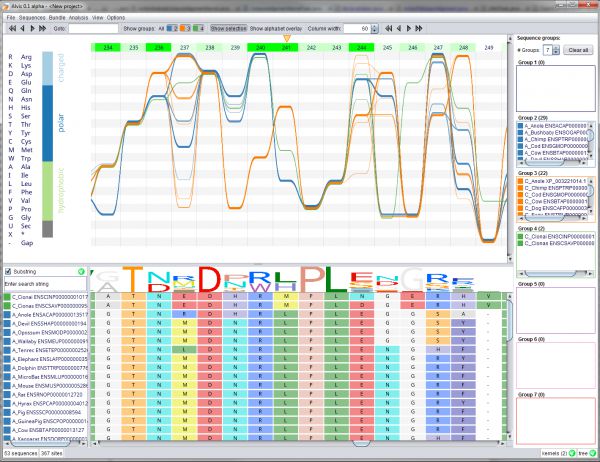OMA 0.98
:: DESCRIPTION
OMA (Optimal Multiple Sequence Alignment) is a library of C++-classes for the optimal alignment of sequences, built upon the Library of Efficient Data structures and Algorithms (LEDA). The parts of the library build a hierarchical, modular system, so that one can rearrange blocks or replace predefined modules by ones own classes.
::DEVELOPER
Torsten Will, Knut Reinert, Jens Stoye
:: SCREENSHOTS
N/A
:: REQUIREMENTS
- Linux / solaris
:: DOWNLOAD
:: MORE INFORMATION
Citation
Knut Reinert,Jens Stoye,Torsten Will:
The extended abstract Combining Divide-and-Conquer, the A*-Algorithm and Successive Realignment Approach to Speed up Multiple Sequence, (GCB 99).


